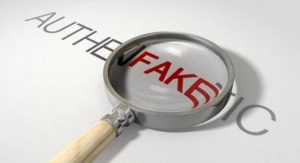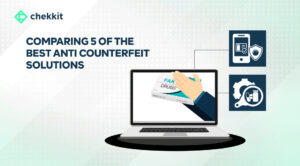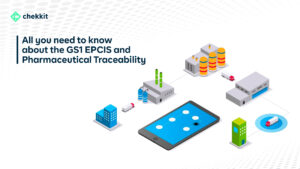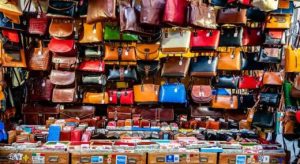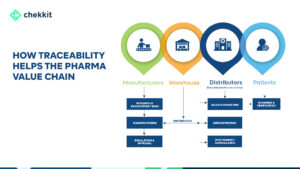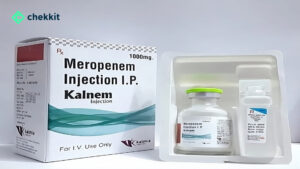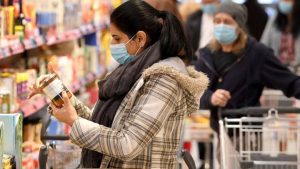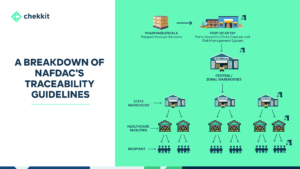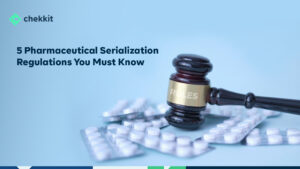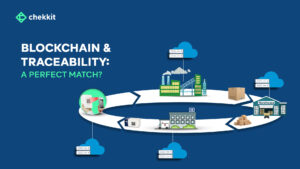Counterfeiting is one of the largest and trending problems faced by manufacturers globally. The rapid growth of counterfeits is alarming for business owners because so much resources are being dedicated into research, product development and quality assurance for consumers.
Counterfeiting disrupts product quality, reputation, sales, profits (which results from unfair competition) and reduces customer’s loyalty. Counterfeit goods can be found in every product ranging from consumer’s goods, accessories, medications, automobile, apparel, to electronics.
Majorly, counterfeit products are able to enter the supply chain and get swapped along before it gets to the users/distributors.
WHAT IS THE RELATIONSHIP BETWEEN SUPPLY CHAIN AND COUNTERFEITS??

You might be forced to ask the correlation between counterfeits and the supply chain and you are very right to do so. Look at it this way, transportation of goods from one point to the other is vital and along these lines, counterfeit products can enter and then be passed off as genuine products seeing as they are being “supplied” directly from the parent company/manufacturer.
There is that trust but unknowing to the distributor/wholesaler/retailer/consumer, a swap had already occurred and the genuine product replaced with a sub-standard one.
This is a major problem that needs combating but solutions are readily available amongst which are:
Track, Trace and Authenticate: This provides a better visibility across the supply chain by ensuring that products and delivery trucks can be tracked and traced from the warehouse until it gets to the final consumer making it difficult for such trucks to make stops and have counterfeits mixed with the original products.
Authentication helps verify if a product is genuine or fake. Once the product gets to the final consumer, they can always check for product authenticity via scanning of bar/QR codes or USSD. This process assists in fighting against counterfeiting.
Proper inventory and digitizing supply chain: This ensure that every good that leaves the warehouse is inventoried and none can be stolen/removed and used as a basepoint for producing the counterfeits.
Use of Bar codes/QR Codes: Tagging each pack and product digitally and ensuring the products can be authenticated at every level of the supply chain (distributors, wholesalers, retailers, and consumers). This prevents infiltration of fake products into the supply chain.
Prosecution and Penalties: Prosecuting and stiff penalties will be charged against any person along the chain who does not comply with the rules and regulations. This includes the drivers, supply chain managers, distributors, wholesalers etc. This will send a message to others harboring the idea of doing the same.
Other ways of limiting counterfeits is through customer’s education and awareness. “Education is the most powerful weapon which you can use to change the world”. Educate customers on how to identify your products and create awareness about fakes/product replica.
“Information is liberating”. Keep customers informed on where they can get your products, what to look for in order to avoid counterfeits (barcodes and all) and what they should do when they come across counterfeits.
This process may not stop the production of counterfeits by illegitimate companies completely but it will limit the rate at which people buy counterfeit products and once there is less purchase of counterfeit products, those companies will suffer loss and eventually run out of business.
Interested in seeing how Chekkit can help you safeguard your products from counterfeiters? Visit our website to see how we’ve helped brands like Merck, Chi Pharma, etc or see for yourself by getting a free demo here.


